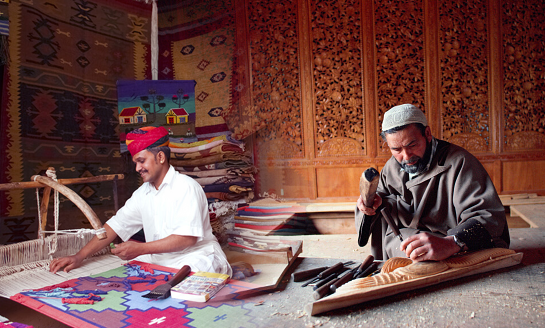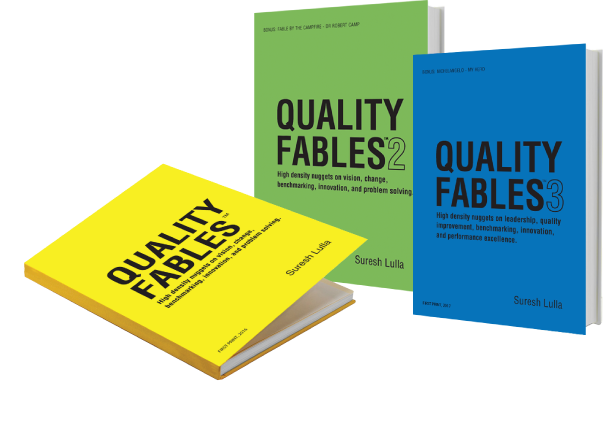Indian Craftsman. Our Differentiator.
In 1973, when India’s population was a little over half a billion, the Ford Foundation awarded a Second India assignment to Tata Economic Consultancy Services (TECS). Their projection was that by 2000 India’s population will double to one billion.
The Second India assignment was personally led by Dr Hannan Ezekiel, Chief Executive, TECS. I was a junior member in his core team.
Among others, the major projections made by TECS were:
- Communication will substantially replace transportation in India
- Tourism will drive India to glory
- India will be a global supplier of agricultural products.
We have seen the first prediction come true. The second prediction has had knee-jerk success. The third has simply not happened.
If I had a wish list, I would like to see tourism thrive, and India become the bread basket to the world.
It is worth noting that India is a nation of excellent craftsmanship. Historically, this was manifest in the Indus Valley Civilization. Later, it was abundantly displayed in the excellent architectural marvels during the Mogul Empire and thereafter, the British Empire. The workers had always been Indian. In addition, we had amazing crafted textiles, swords, furniture and jewellry. There was much more.
All these creations required gentle personalized attention, where machine and scale were less important. They were skill and labor intensive.
Unfortunately, while the craftsman is still alive, he/she is forgotten in the technology dominated business environment. We have the threat of losing this unique differentiator.
In my view, craft-centric tourism should be institutionalized across the length and breadth of the country, state by state. It will bring well deserved dignity back to the ignored craftsman. This sector can also attract earnings in foreign exchange.
For this to actually happen, each craft-centric destination should have affordable hotels, world-class housekeeping, zero failure of infrastructure, clean water and healthy air. These destinations should also be well connected by road, rail, air, and sea (where possible). The lodges and hotels must serve memorable meals with world-class service. I can go on and on cascading the businesses and services that could benefit.
Indirectly, manufacturing will also get a shot in the arm. In particular, manufacturing of autos, steel, cement, electrical machinery. The primary sector will also grow exponentially, namely, agriculture. We can actually become the bread basket to the world.
Such is my snapshot for 2025.
We have two more differentiators that can explode tourism in India: Healthcare and Education. Both noble professional sectors.
However, the prerequisites for this total transformation are: a Quality Mindset; and Being Trustworthy. Are we ready?
— — — — — — — — — — —
Click here to read more of his blogs here
Click here to read his new books: Quality Fables 1, Quality Fables 2 and Quality Fables 3
— — — — — — — — — — —
The MADE IN INDIA tiger is a creative representation of the idea behind becoming a manufacturing behemoth in the global markets. Any resemblance to any other logo, is purely unintentional.



